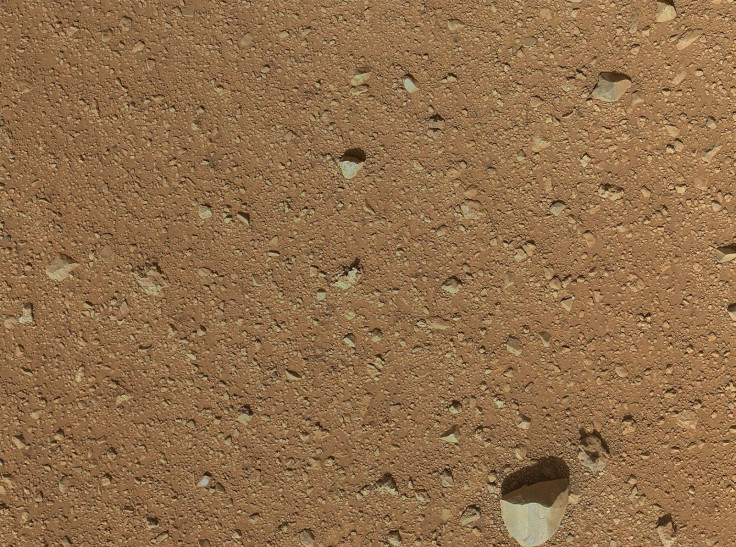Mars Discovery: Dust On Red Planet May Serve As A Material For Building

If and possibly when the first humans makes it to Mars, they are going to need some sort of shelter. Even if they can live in the craft they arrive in, some added protection couldn’t hurt.
A new study from the University of California San Diego has found that maybe the best resource for building on the Red Planet is already there. Researchers hypothesize that compressing the dust that’s found in abundance on Mars could create strong brick like blocks for building.
Read: Are Genetically Modified Astronauts Key To Colonizing Mars?
Data and photos the Mars rovers have sent back to Earth from their exploration of the planet have given researchers a good idea of what the planet is made up of. Researchers were able to gather from afar that Mars was dusty, rocky and had canyons on it. But they learned even more when the Curiosity and Opportunity rovers landed on the planet in 2004. The crafts in orbit around the planet and the rovers helped lead researchers at UC San Diego to their conclusion.
The rovers make close observations of the rocks and dust on the planet. They even have small laboratories in them to test the soil and figure out what it’s made up of. With this information the researchers were able to simulate the soil on Mars to perform experiments back here on Earth.
The study, published Thursday in Scientific Reports, details how the researchers created a Mars soil simulant and tested it under various pressures. The key finding was that the simulant, called Mars-1a, can be compressed without any additives. Meaning only pressure would be necessary to form bricks from the surface of Mars.
This is possible because of a nanoparticulate found in the top layer of Mars that could act as a bonding agent. With high pressure compression, the soil with its particulates became a solid stronger than steel reinforced concrete.
NASA is hoping to get a human to Mars by the 2030s, a goal President Trump is eager to accomplish even sooner, he said earlier this week. But before that, the plan is to send another rover in 2020 to begin collecting core samples and setting them aside for later study or return trips to Earth. That rover would be far more sophisticated than those there now. It would be able to search for resources like water, or ways to produce oxygen for future human manned missions.
And of course there are private agencies working on trips to Mars as well. Elon Musk started SpaceX with the eventual goal of reaching Mars. In September Musk explained his entire plan for making humans an interplanetary species, starting with Mars in 2024, at the International Astronautical Congress. That plan involves building an entire city. SpaceX has already had success in creating and successfully using rockets that can be reused.
With plans for visiting Mars and possibly colonizing it within the next half a century, the discovery of materials that can be used to create one of the necessities of life, shelter, might be key.
© Copyright IBTimes 2024. All rights reserved.




















